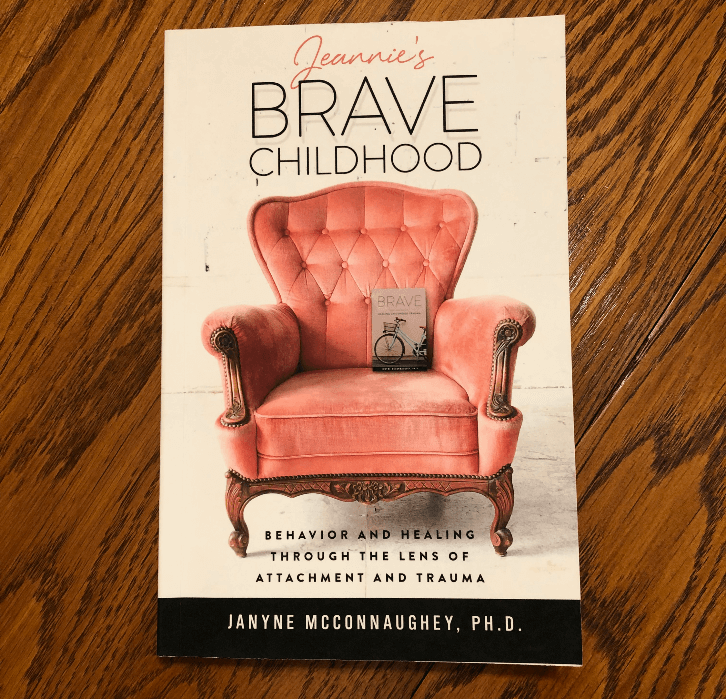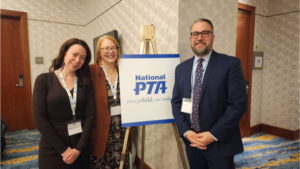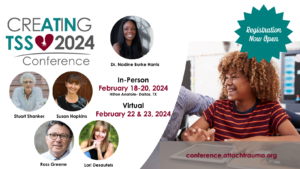Having read and thoroughly enjoyed ATN board member Janyne McConnaughey’s first book, Brave, A Personal Story of Healing Childhood Trauma, reviewed here in June 2018, I had looked forward to immersing myself in her second, Jeannie’s Brave Childhood: Behavior and Healing Through the Lens of Attachment and Trauma. It was worth the wait. As a voracious and omnivorous reader, I believe we read non-fiction for two main reasons:
- to immerse ourselves in the author’s story
- to gain insight into our own
The author’s story
As she first recounted in Brave, Janyne is the adult survivor of childhood sexual abuse, accompanied by maternal neglect . . . and worse. She successfully repressed all this for literally decades, until one day in therapy, she surfaced from an EMDR session to the realization that she had three adult selves. As therapy progressed, a host of child selves made themselves known as well. In fact, separate selves existed for every childhood age, and they typically came in pairs. As McConnaughey’s therapist, Dr. Susan Kwiecien explains, this is because one child self would hold the trauma, while the other would “rise above” and go on living. You might be wondering whether the reader gets to meet all these selves as distinct individuals. The answer is a bewildering and beautiful yes. Over the course of Jeannie’s Brave Childhood, we become deeply acquainted with all of them. Their story at once fascinates and breaks your heart. McConnaughey’s purpose in writing it, however, lies deeper. As a lifelong educator and teacher trainer, she identified four concrete objectives for the book that merit paraphrasing here.Objectives (with many thanks to Non Janyne)
- use her personal story as an illustration of the immediate and long-term effects of disrupted attachment and childhood trauma
- reframe misunderstood childhood behaviors by viewing them through the lens of trauma and attachment
- explain the role of healing in creating compassion for oneself and others
- illustrate the role various therapeutic interventions can play in healing, including but not limited to EMDR, self-talk, reframing, storytelling, reading literature, and play
- It puts the reader in the shoes of a person who has experienced, survived, and is currently processing childhood trauma. If you think it’s confusing to read about, imagine how it must have felt to live it!
- It shows that the effects of childhood trauma continue to impact the survivor, often in unexpected ways, long after the initial trauma occurred. A mantra of writing says that it is better to show than it is to tell. McConnaughey shows that is possible to be 57 and 7 at the exact same time.



